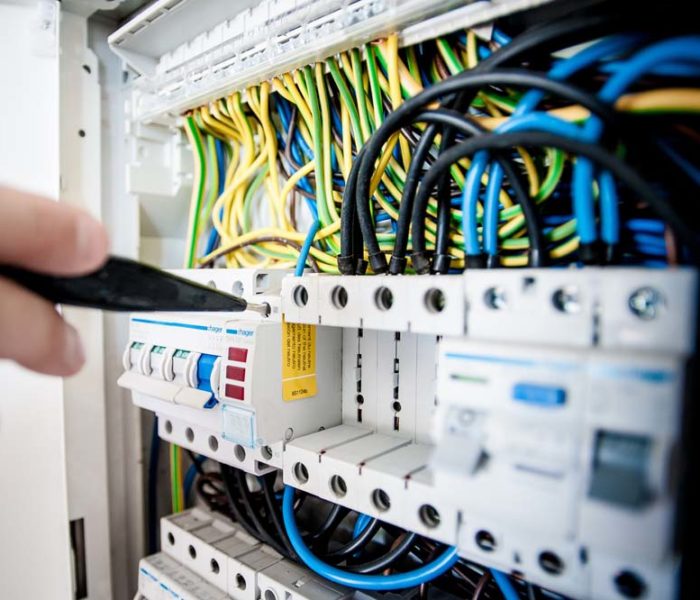[vntd_hero_slider slides=”%5B%7B%22image%22%3A%221050%22%2C%22heading%22%3A%22What%20Is%20Assistive%20Technology%3F%22%2C%22text%22%3A%22Anything%20that%20improves%20the%20functional%20capabilities%20of%20persons%20with%20disabilities%22%2C%22btn_label%22%3A%22Learn%20More%22%2C%22btn_url%22%3A%22%23content-starts-here%22%2C%22align%22%3A%22center%22%2C%22color%22%3A%22white%22%2C%22bg_overlay%22%3A%22dark60%22%2C%22bg_color%22%3A%22%2356ccf2%22%2C%22bg_color2%22%3A%22%232f80ed%22%7D%5D” height_custom=”600px” autoplay=””]
What is Assistive Technology?
Assistive technology (AT) is any item, piece of equipment, software program, or product system that is used to increase, maintain, or improve the functional capabilities of persons with disabilities.
- AT can be low-tech: communication boards made of cardboard or fuzzy felt.
- AT can be high-tech: special-purpose computers.
- AT can be hardware: prosthetics, mounting systems, and positioning devices.
- AT can be computer hardware: special switches, keyboards, and pointing devices.
- AT can be computer software: screen readers and communication programs.
- AT can be inclusive or specialized learning materials and curriculum aids.
- AT can be specialized curricular software.
- AT can be much more—electronic devices, wheelchairs, walkers, braces, educational software, power lifts, pencil holders, eye-gaze and head trackers, and much more.
Assistive technology helps people who have difficulty speaking, typing, writing, remembering, pointing, seeing, hearing, learning, walking, and many other things. Different disabilities require different assistive technologies.
